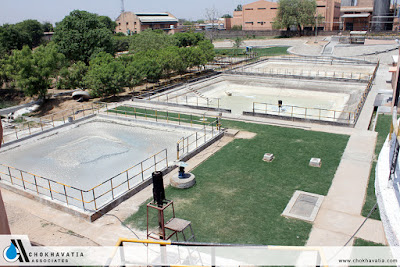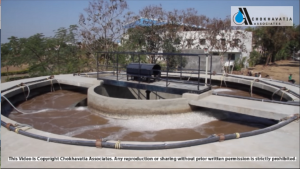Introduction
An essential component
A vast area
The focus
Closing Thoughts
As society becomes more industrialized and dependent upon factory production and industrialised services, it becomes all the more essential for organizations and business to protect the environment from hazards like pollutants, chemicals, contamination, and such. Hence, for such companies who do not fully understand their liability towards the environment, it becomes mandatory for their business owners to undergo environmental training. Today, environmental training is becoming more and more vital for the emerging organization in the 21st century.
Environmental training is an essential component of a company's overall responsibility towards meeting its environmental objective. The overall mission of environmental training is to ensure that the business owner is sensitized towards the importance of maintaining a pristine environment and avoid or minimize any further environmental damage due to the operations of his business or industry.
Environmental training is a vast area, which is undertaken by several organizations around the globe. These organizations provide general to in-depth environmental awareness to the members of the workforce. Besides giving employees an overview of the issues affecting the environment, they are also made aware of the company's policy along with making them aware of a range of environmental management systems.
The focus of environment training is to make workers aware that all businesses have a duty to ensure environment sanitation and all waste products are handled safely according to the due process of the law. This responsibility called duty of care applies to all those who run businesses that have the potential to produce waste and/or damage the environment.
Thus, every organization is made to understand that the environment is pristine and needs care rather than wanton disregard and neglect. A framework of regulations and a mesh of legislation also govern the duty of various industries and businesses towards maintaining the status quo when it comes to the environment. Care must also be taken that once the certification is obtained, the responsibility towards the environment improves than before.
It is essential that all environmental training is conducted through government accredited schools at the federal or state level. These schools offer training and conferences throughout the year and you can easily enrol your company or business for your participation. This helps you to be more environmentally responsible, thereby helping you promote your business in a green manner and also earning more goodwill in the long run.













